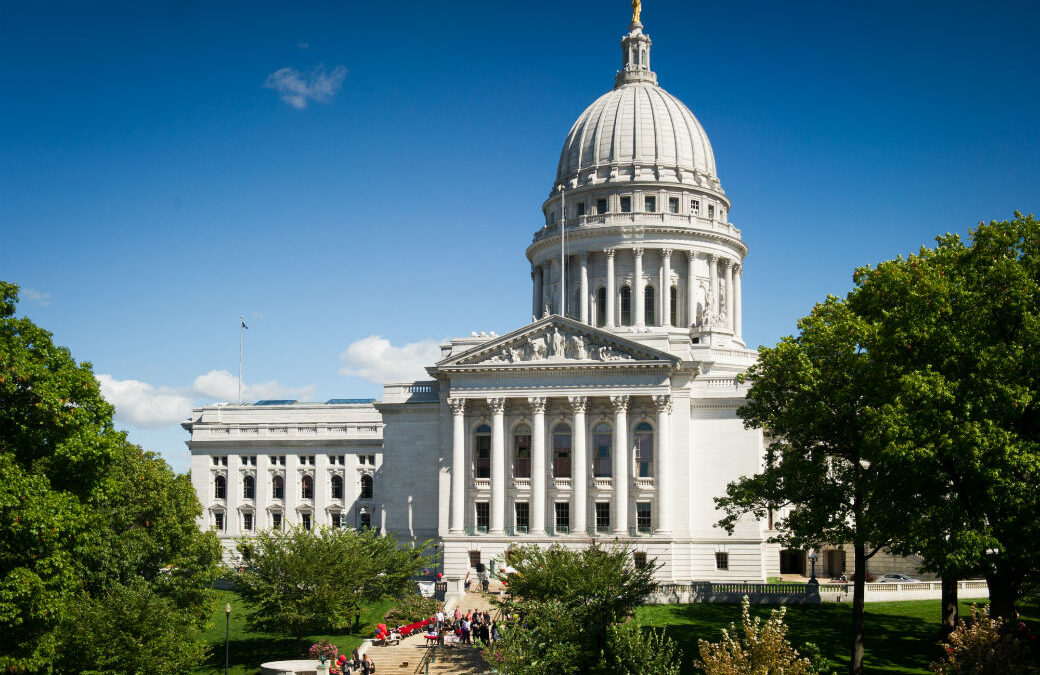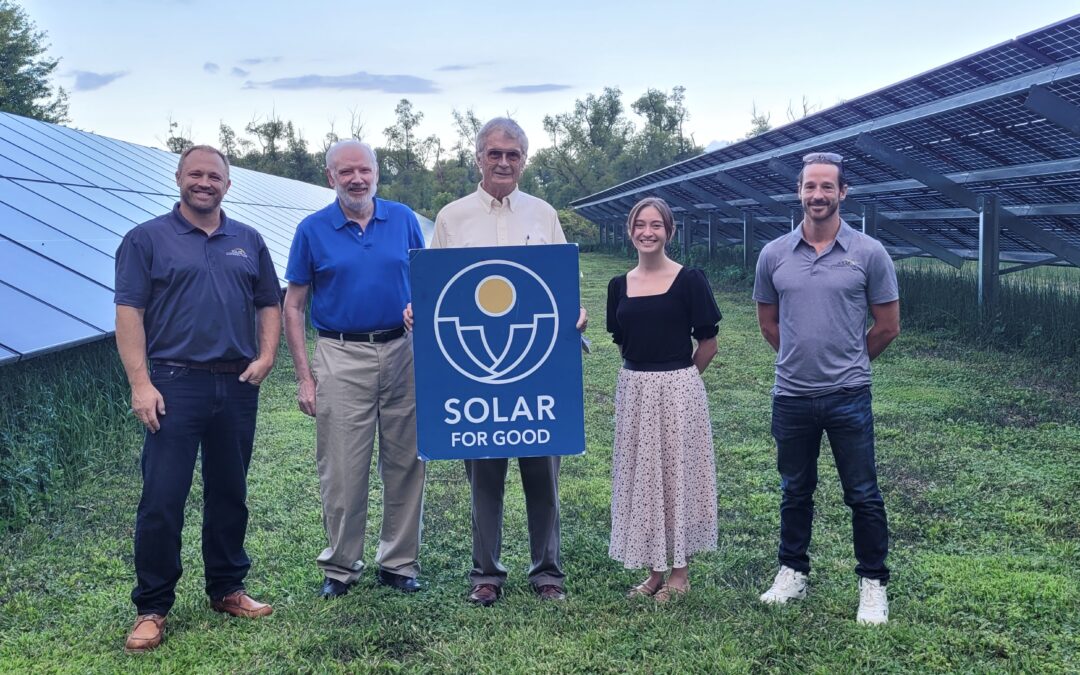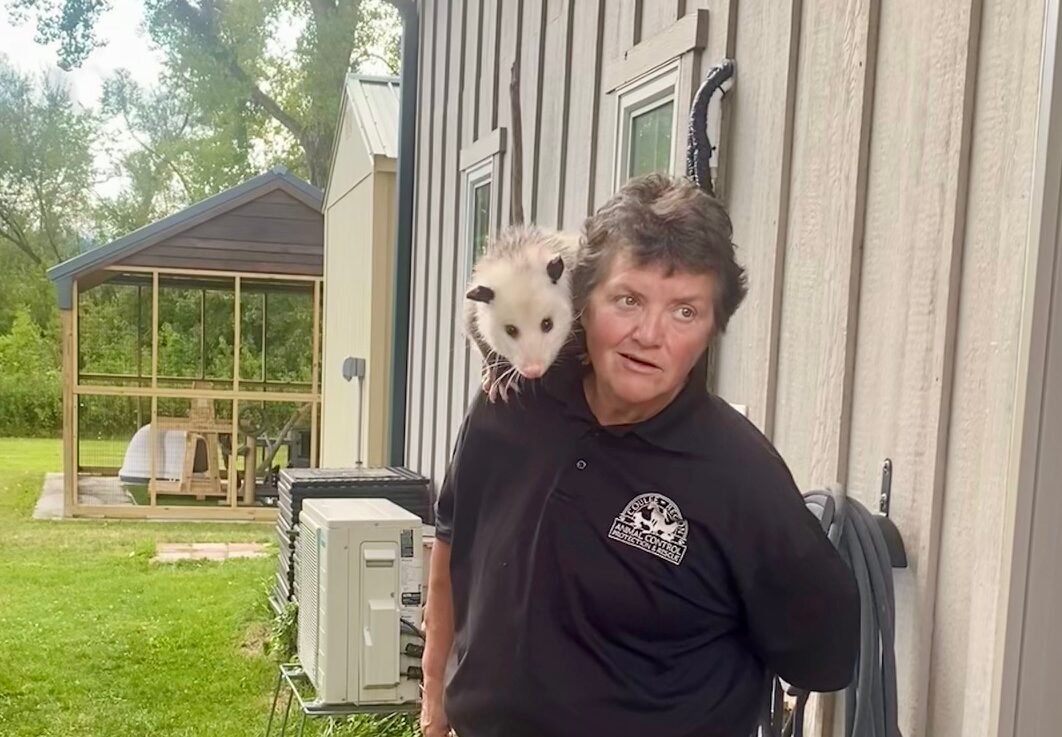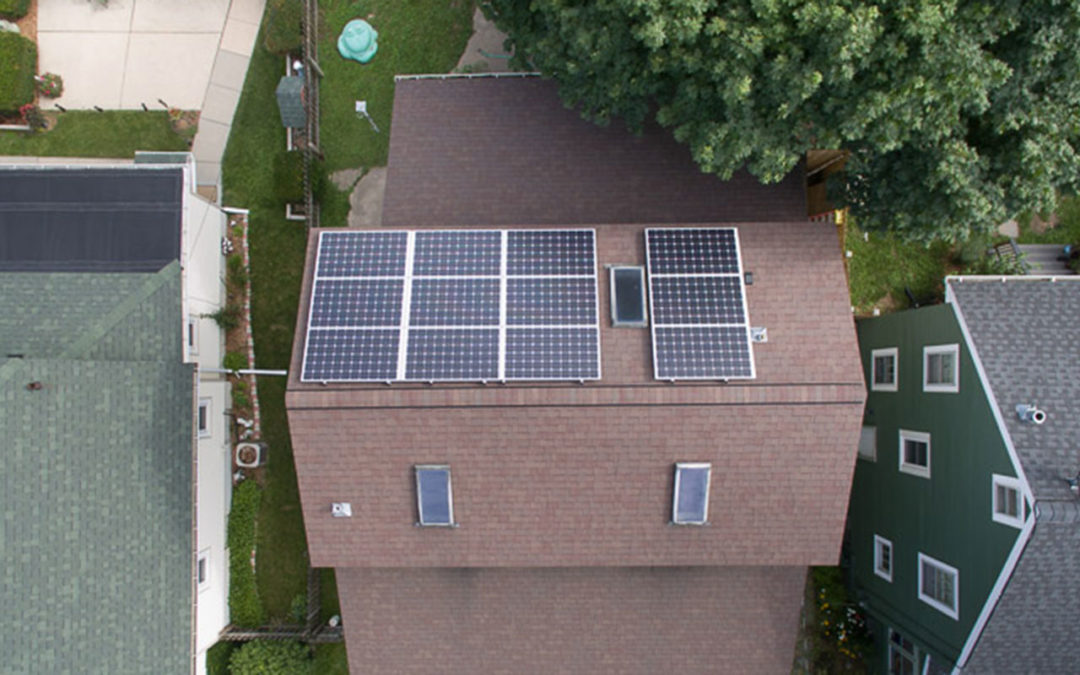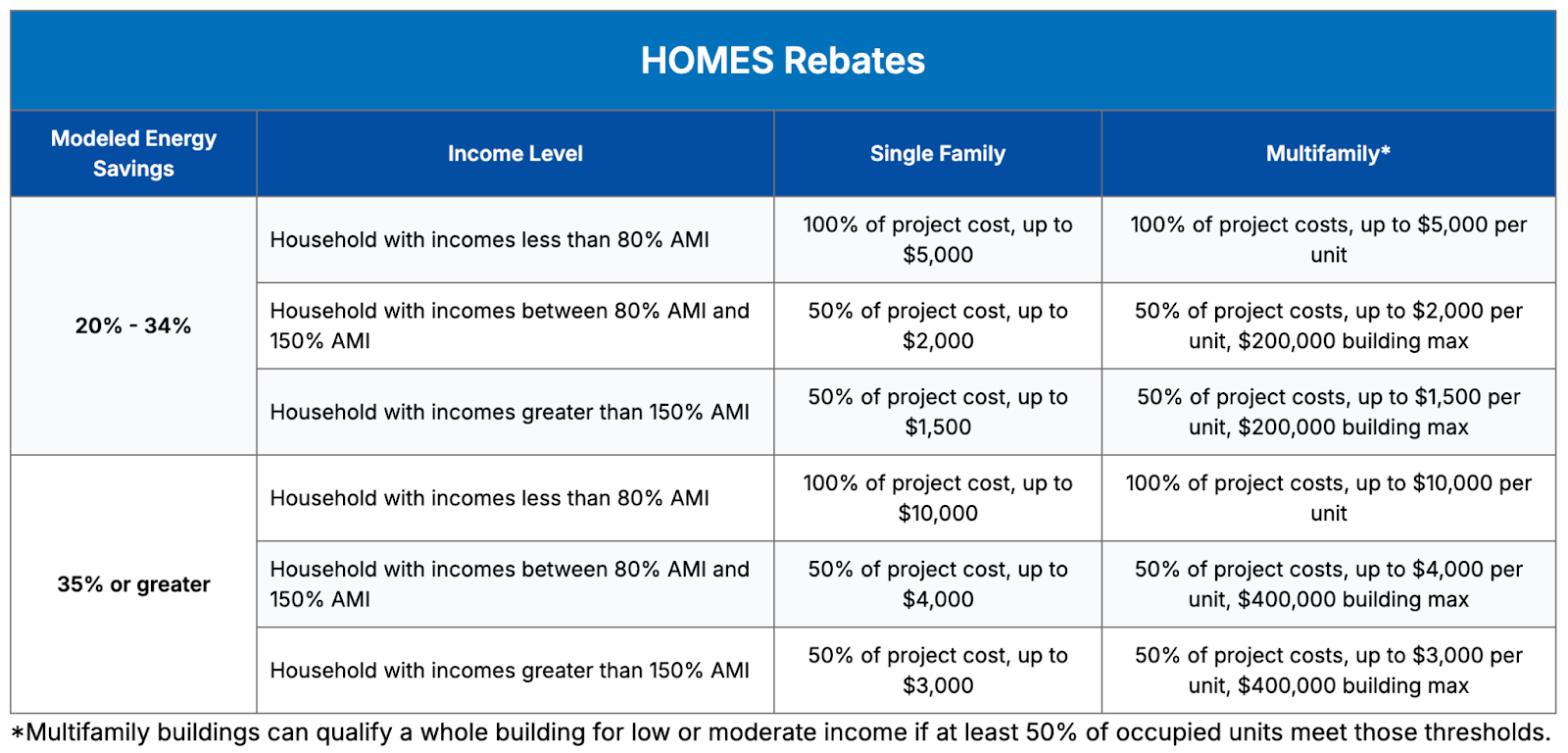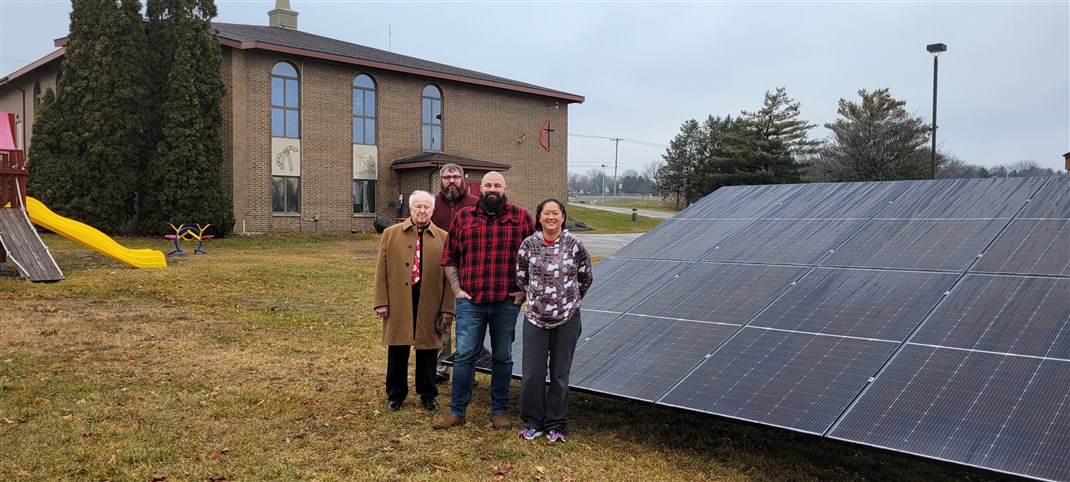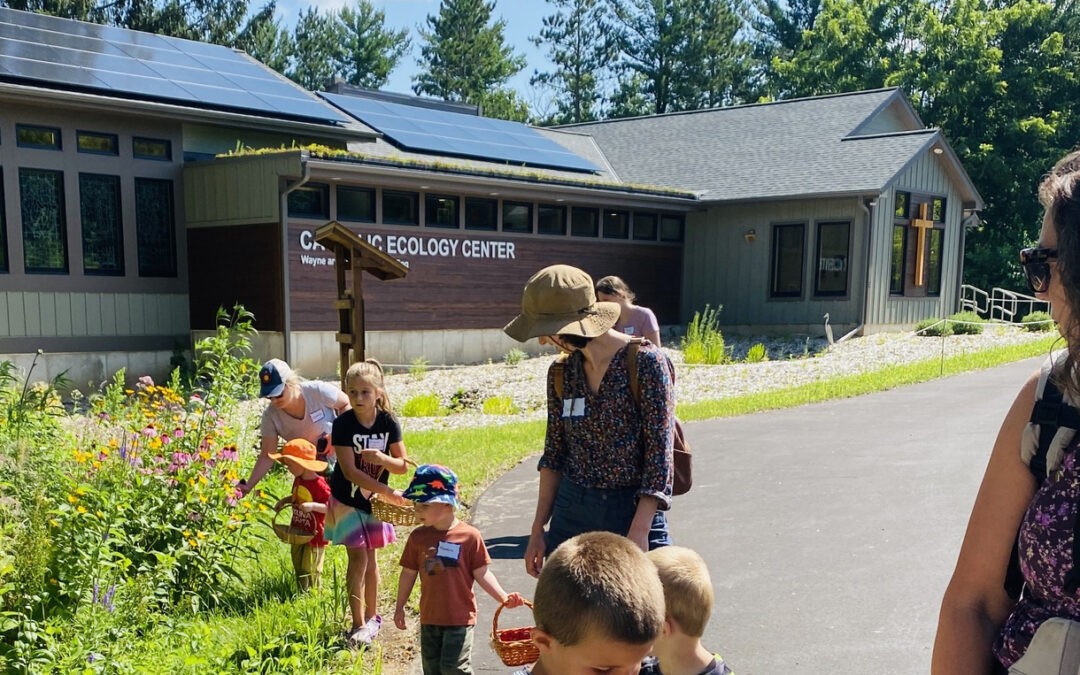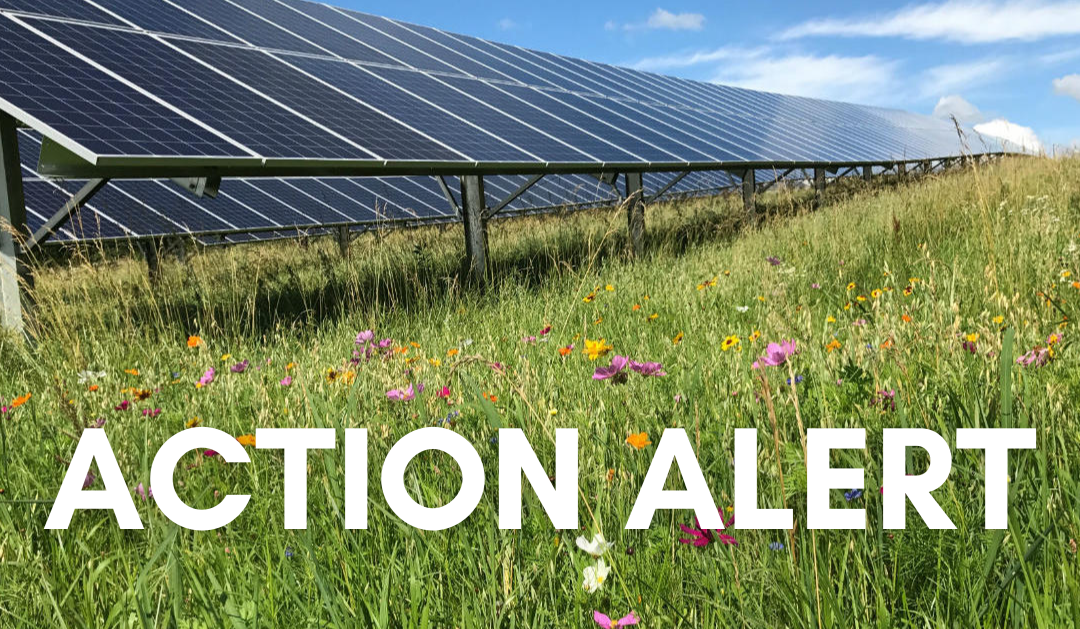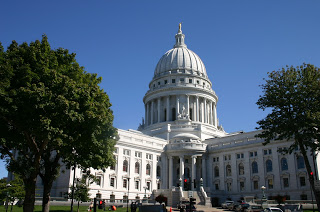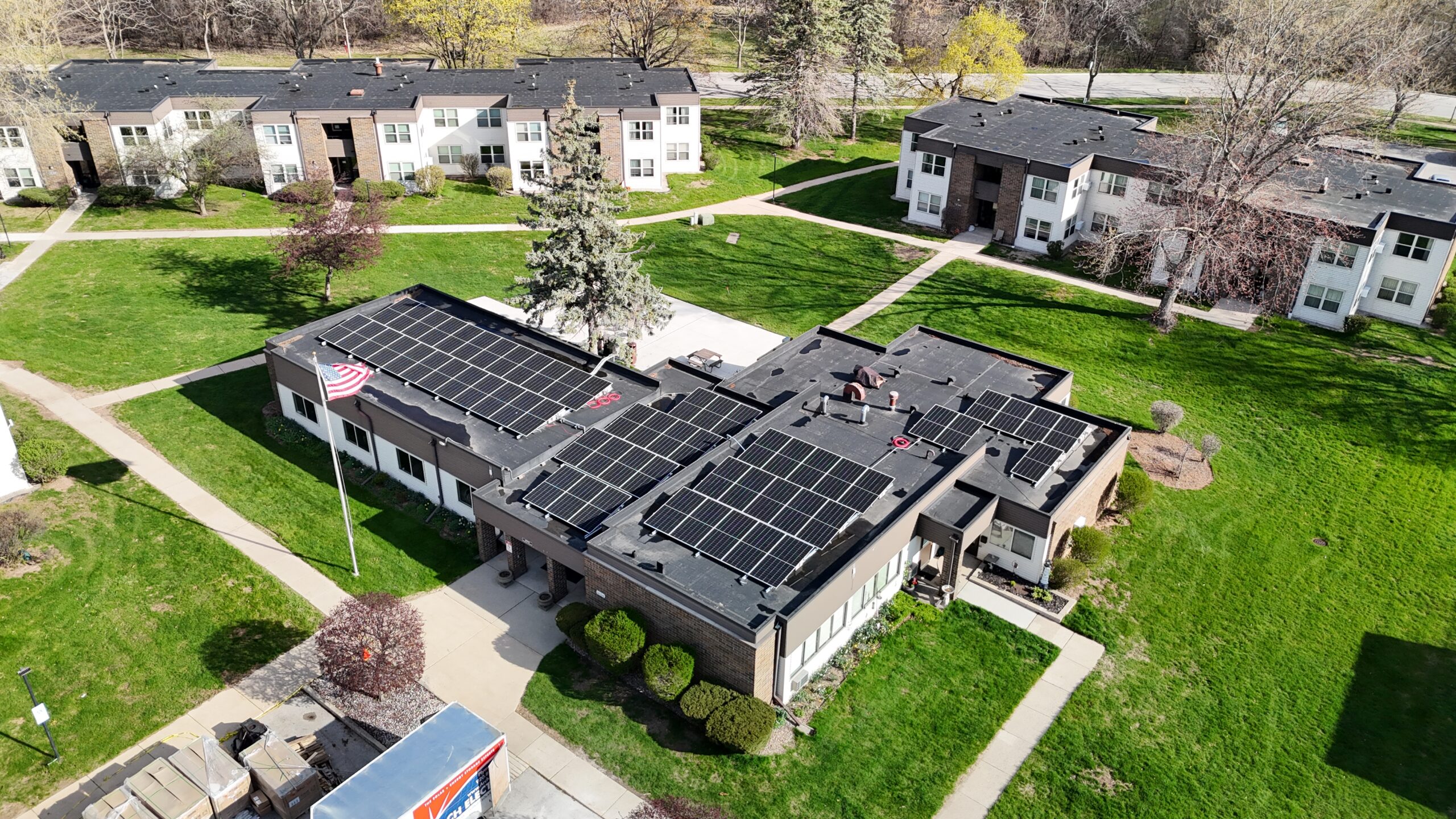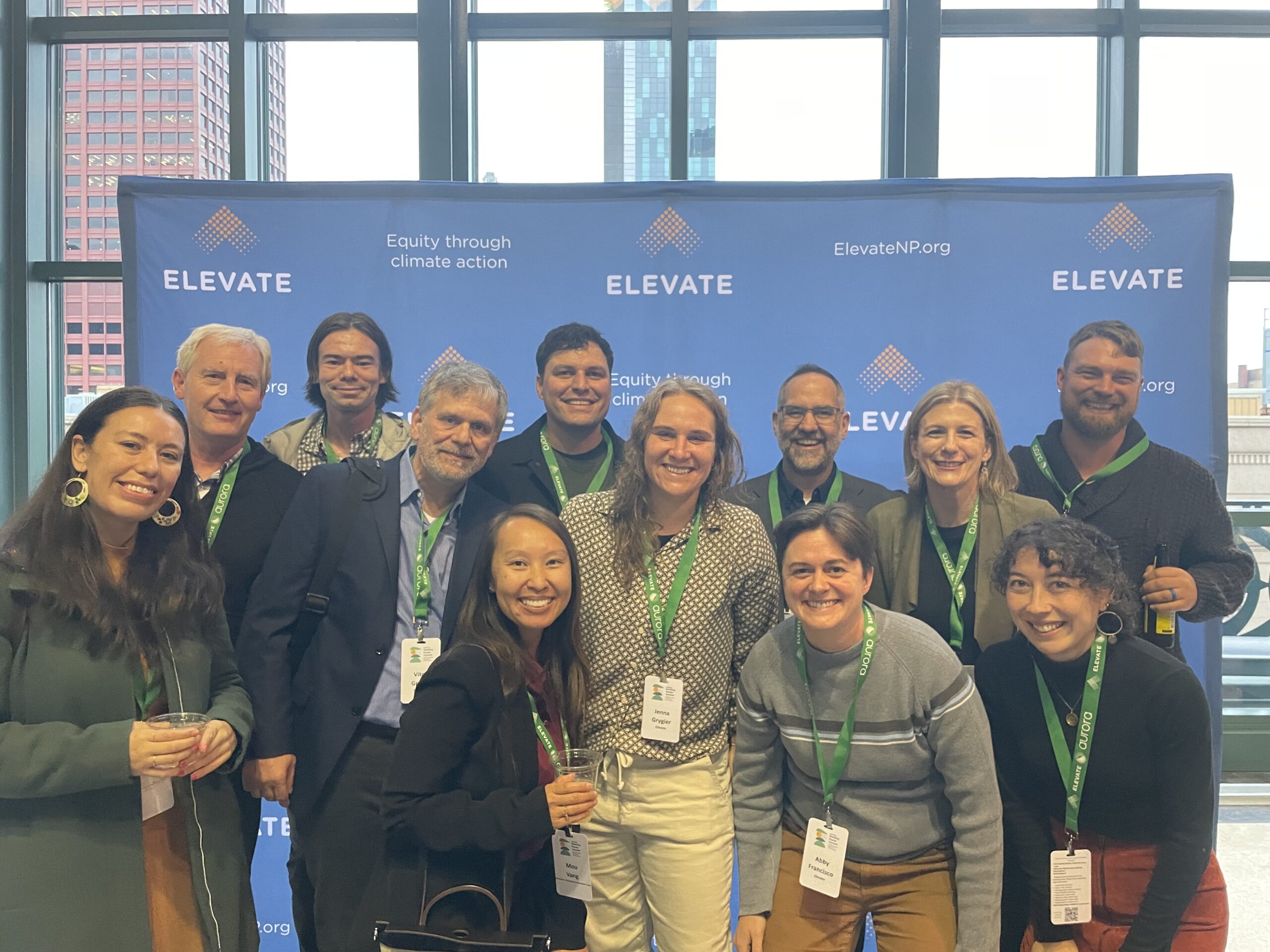
St. Paul’s Lutheran Church Welcomes Congregation to Celebrate New Solar Array
St. Paul’s Lutheran church welcomed hundreds of church members on Sunday, August 18 to celebrate the expansion of its facilities and addition of a 114.48 kilowatt (kW) DC system on the roof of its new gymnasium. St. Paul’s Lutheran Church serves the Onalaska community by connecting people to their faith to learn about forgiveness, love, and hope. This initiative to transition to renewable energy emphasizes the church’s commitment to becoming a more sustainable place for the community.
Since 1888, St. Paul’s Lutheran Church has been a pillar of the Coulee Region community by providing a place of worship. As the congregation expanded, they relocated in the town and later built a small school to begin serving students in 1974. Today, St Paul’s Lutheran Church educates over 270 students. With a growing congregation and class sizes, they recognized the need to balance the expansion of new facilities and reducing energy costs. By reducing costs that go toward electrical bills, the church can focus its efforts on worship, continued after-school activities, and resources for education.
Solar Connection installed 212 bifacial panels on the roof of the new gymnasium where future extracurricular activities and tournaments will be held. The system is expected to offset 65% of the church’s energy usage, producing approximately 135,000 kWh per year. This allows St. Paul’s Lutheran Church to redistribute energy savings by amplifying resources and education to the students they serve. In addition to educating the community about its updated facilities, St. Paul’s Lutheran Church will be able to share the benefits of solar with students through a digital monitor so visitors and students can continue to learn about solar energy.
Through the generous donations of the congregation and grant funding, this project was able to come to fruition, allowing St. Paul’s Lutheran Church to continue its work in educating future leaders of the community. With the church in operation for nearly 70 years, the solar initiative makes significant strides in achieving clean infrastructure for current and future members. By making the transition to solar, St. Paul’s Lutheran Church has made significant advancements in healing the earth through sustainable clean energy.

